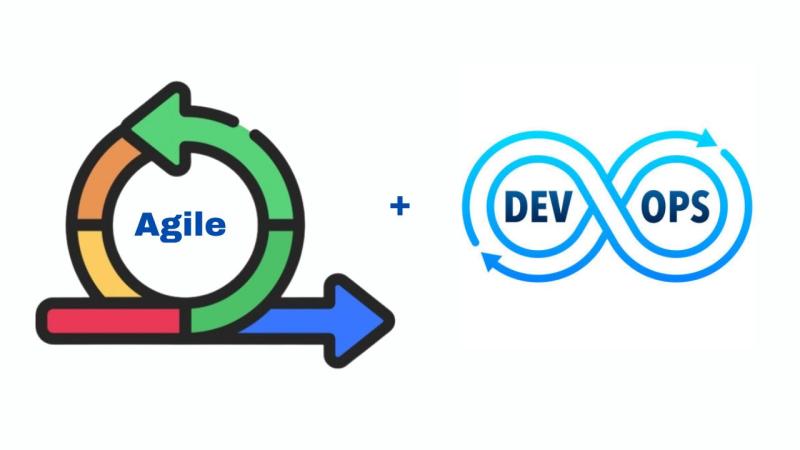Top 5 Benefits of Application Modernization for Enterprises

In today's fast-paced digital
world, staying competitive often means rethinking the technology that powers
your business. Many enterprises rely on legacy systems that, once effective,
have become outdated and difficult to maintain. Implementing an application modernization strategy is crucial for companies looking to stay ahead. By
modernizing legacy systems, enterprises can unlock new efficiencies, improve
scalability, and enhance the overall user experience. Here are the top five
benefits of application modernization for enterprises.
1. Improved Agility and Flexibility
One of the most significant
advantages of modernizing legacy applications is its increased agility and
flexibility. Legacy systems often operate on rigid, monolithic architectures
that are difficult to adapt to new business needs or technologies. By transitioning
to modern, cloud-based or microservices architectures, enterprises can respond
more quickly to changes in market conditions, customer demands, and emerging
technologies. This flexibility allows for faster innovation and a more adaptive
business approach, ultimately giving enterprises a competitive edge.
2. Enhanced Security and Compliance
Legacy applications often suffer
from outdated security protocols and vulnerabilities that leave organizations
at risk of cyberattacks and data breaches. With an application modernization
strategy, enterprises can upgrade their security measures, ensuring compliance
with industry regulations such as GDPR, HIPAA, or PCI-DSS. Modern applications
also benefit from more frequent updates, better encryption methods, and more
robust access controls, making securing sensitive data and protecting against
cyber threats easier.
3. Cost Efficiency through Cloud Migration
Modernizing applications often
involves migrating to cloud-based infrastructures, which can significantly
reduce the costs of maintaining on-premise systems. Legacy systems typically
require expensive hardware, energy, and labour. By adopting cloud technologies
as part of your modernization strategy, enterprises can take advantage of
pay-as-you-go models, reducing capital expenditure while gaining access to
scalable resources. The cloud also offers enhanced disaster recovery
capabilities, cutting downtime or data loss costs.
4. Improved User Experience
The user experience (UX) is
critical for business success in the digital age. Modern applications are
designed with the user in mind, offering intuitive interfaces, faster response
times, and seamless integrations with other tools and platforms. By modernizing
legacy applications, enterprises can provide a more streamlined, efficient
experience for both employees and customers. Improved UX leads to higher
satisfaction, increased productivity, and a more substantial customer loyalty
base.
5. Better Data Insights and Decision-Making
Data is the backbone of modern
enterprises, but legacy systems often make it difficult to gather, analyze, and
interpret data effectively. Through application modernization, enterprises can
leverage advanced analytics tools and AI-driven insights, allowing for
real-time data processing and more accurate decision-making. Modern systems
integrate more easily with other business applications, creating a unified data
ecosystem supporting more informed strategic decisions.
Conclusion
Adopting an application
modernization strategy is now optional for enterprises that want to remain
competitive in an ever-evolving digital landscape. Modernizing legacy systems
allows businesses to enjoy improved agility, enhanced security, reduced costs,
a better user experience, and more robust data insights. Ultimately, these
benefits enable enterprises to grow, innovate, and succeed in today's
technology-driven world.










Comments